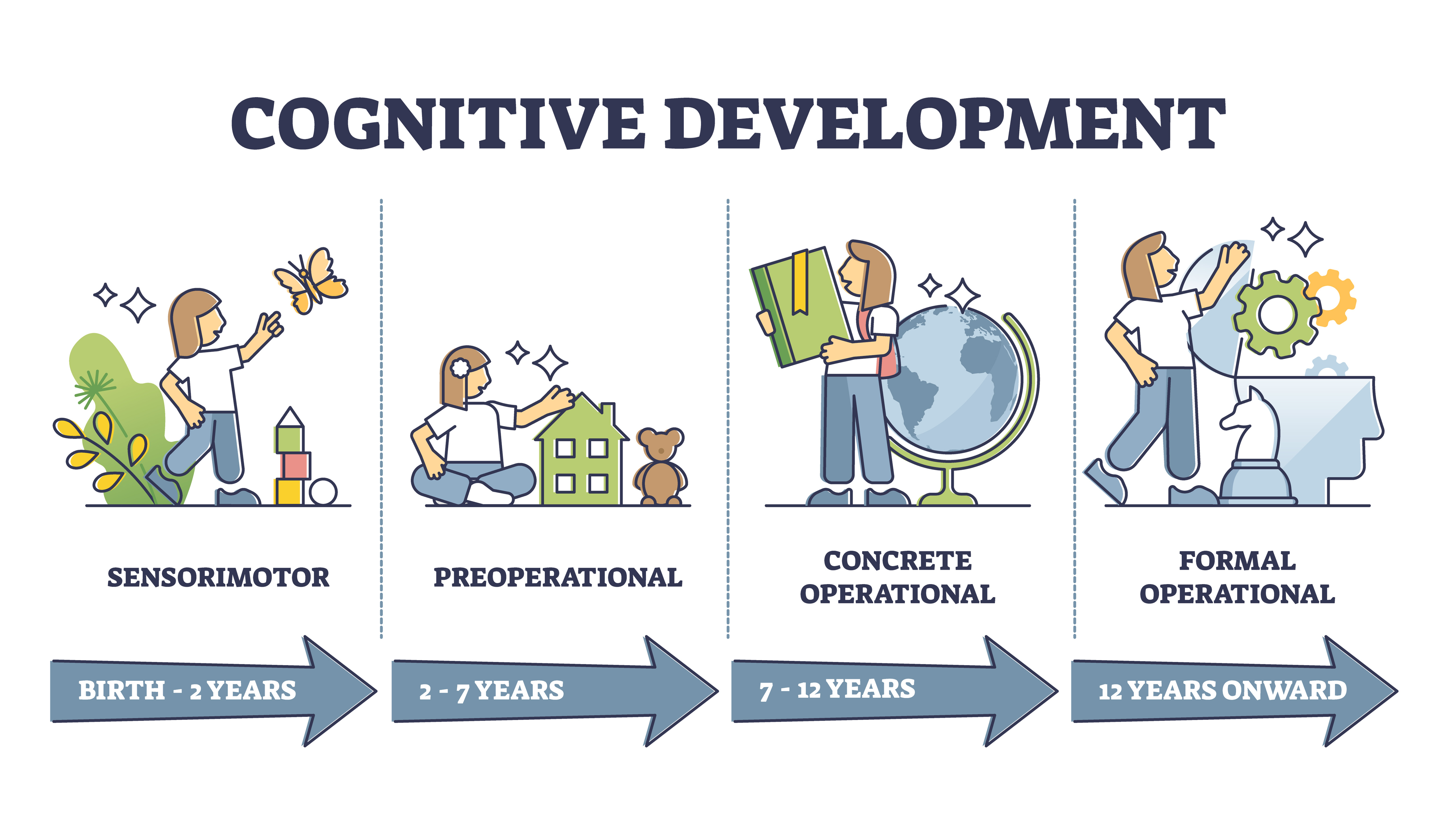Stages of Reasoning from age 15 to 25

Piagetian reasoning norms that have been unchecked and in decline for some time.
Barbel Inhelder and Jean Piaget’s stage theory of cognitive development continues to be of utility when exploring children’s cognitive development and reasoning ability. However, repeated psychometric measurement of Piagetian reasoning has shown that, while the structure of Inhelder and Piaget’s stages hold up under scrutiny, the age of stage transition is not as well defined as Inhelder and Piaget originally described. To further complicate the situation, recent analyses have shown that population means in Piagetian reasoning ability (and IQ more generally) have been in decline over the last 30 years.
Michael Shayer and Philip Adey’s treatise on Piagetian reasoning, Towards a Science of Science Teaching, found:
- a common Piagetian continuum to measure curriculum demand and student ability,
- that the range of Piagetian abilities at age 12-years spans the entire Piagetian continuum. For example, a comprehensive class of Year 7s sees pre-operational learners in the same room as formal operational learners,
- that, by age 16, only 30% of the populations demonstrated Piaget’s ‘adult’ formal operational stage.
There have been replication studies that have arrived at similar outcomes but very few have explored the stage distribution beyond school age. One example, by Tornero in 2014, measured the cognitive ability of pre-service primary teachers (post-graduate level) to determine change in reasoning ability through teaching the Cognitive Acceleration through Maths program. She found that only 12% of pre-service teachers demonstrated formal operation reasoning ability before engaging in the teaching of Cognitive Acceleration. This increased to 42% post-teaching Cognitive Acceleration. Both results are surprising as Piaget would have predicted that both results would be far higher in adults.
Objectives

By answering the following questions, this project aims to assess the Piagetian ability stages of learners beyond school age to provide an update to the Piagetian reasoning norms that have been unchecked and in decline for some time:
- What is the range of Piagetian ability at transition to secondary school, senior years, end of formal school, start of tertiary education and through to age 25?
- How can we measure Piagetian reasoning ability using digital technologies (remotely, at scale)?
- Can we add to the Adey and Shayer tests of Piagetian reasoning (LST, Arlin’s Test of Formal Reasoning, Bond’s Logical Operations Test, Lawson's Classroom Test of Scientific Reasoning (CTSR))?
- Is there a better test for different ages and is there reliability between tests?

